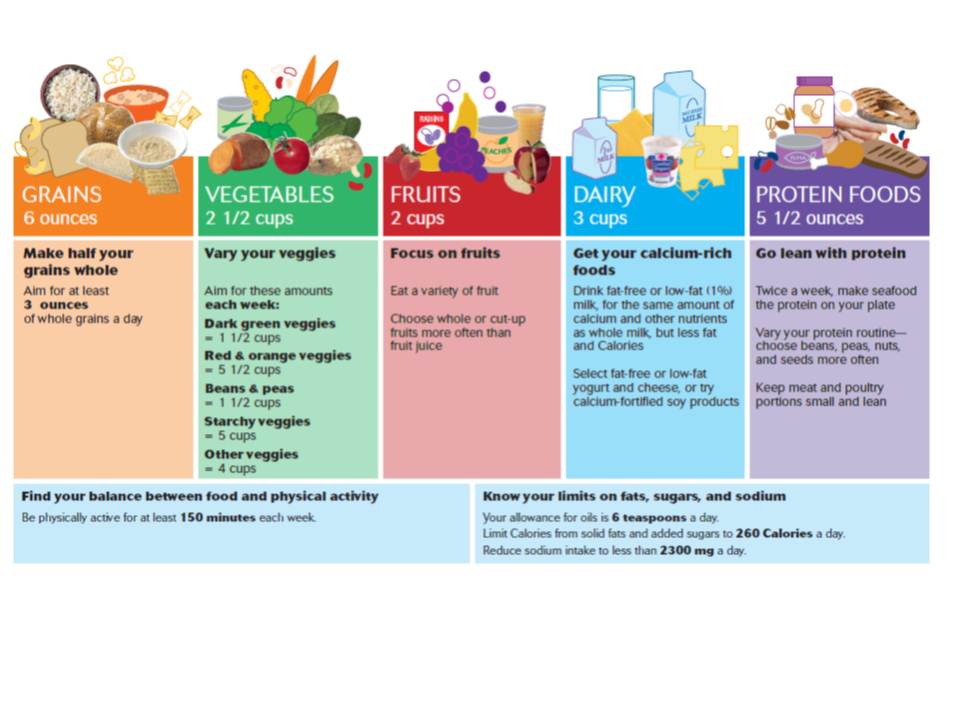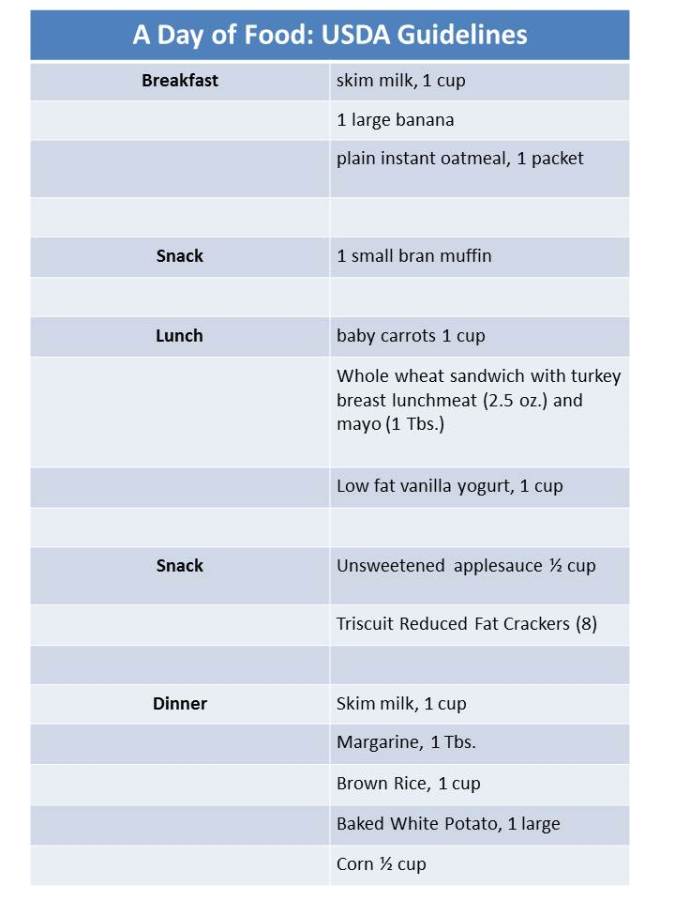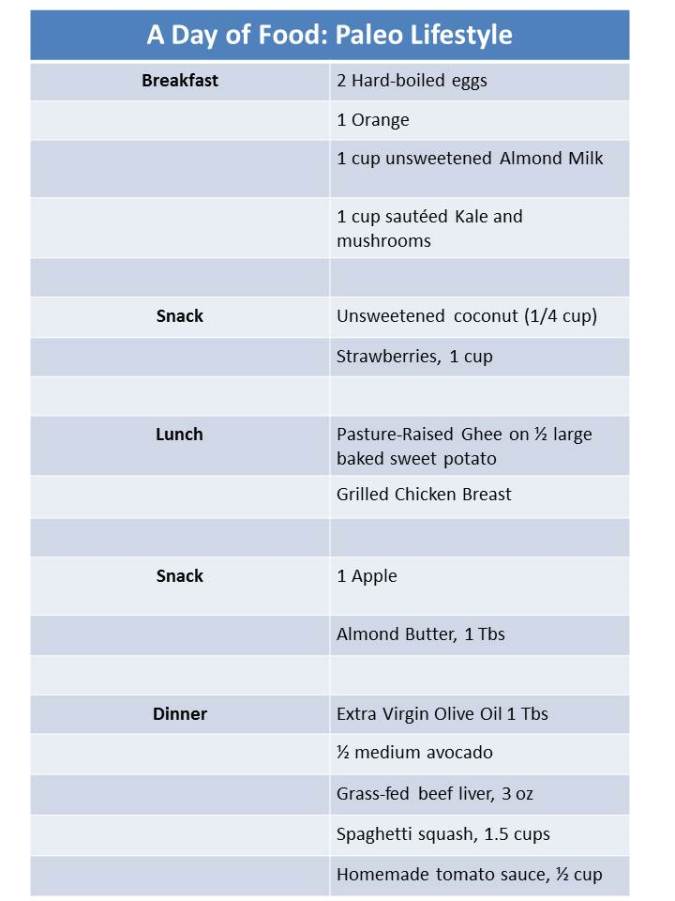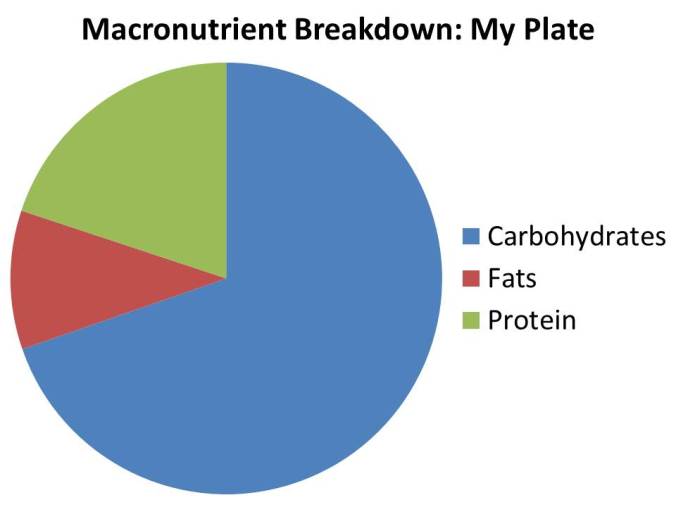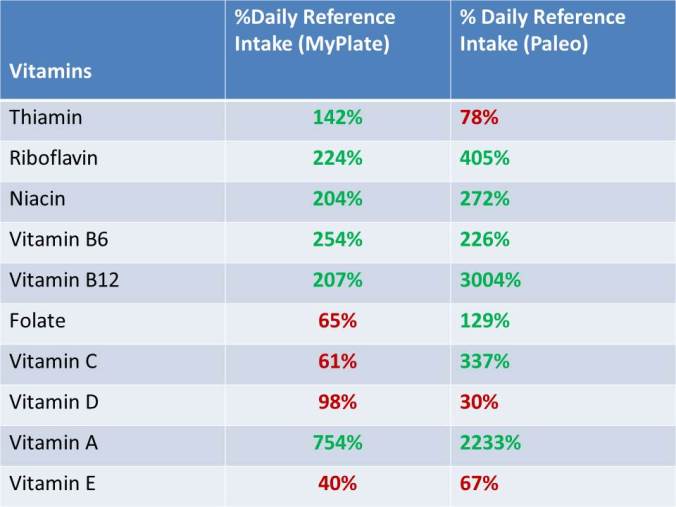Well, hello world.
Today is the birthday of my own little blog, making its debut on the interwebs. First of all, thank you very much, from the bottom of my heart, for taking the time to read this. I’m Chelsea, a Registered, Licensed Dietitian (RD, LDN) in pursuit of a healthy, joyful life. My dream is to help humans embark on a pilgrimage back to real foods.
I plan to share my story with you in the upcoming weeks (so stay tuned), but today, I want to begin by debunking some common myths that go along with the Paleo lifestyle. Unfortunately, the murky waters of nutrition and dieting are continually muddied by news releases, media, twitter, medical professionals, and even friends and family, all telling you, the consumer, how to eat to promote health. One of the loudest voices in the food and nutrition field is your very own government, the United States Department of Agriculture (USDA) in the form of MyPlate. As a RD, I was taught in through undergrad and in my internship that the USDA guidelines are practically the nutritional Holy Grail and that they should be followed and taught to patients without question. However, I was also taught to depend on peer-reviewed research as another main source of information. In my year and a half in the profession, I quickly began to realize that the USDA guidelines and the peer-reviewed research simply do not match up.
This is where the Paleo lifestyle comes into play. When I first learned about the diet myself, I was an huge skeptic (“what do you mean cutting out whole grains is a good thing?”) but slowly over time, through reviewing multiple studies and reading well-sited blogs, I began to open my mind to new approaches to health through food. If you’re unfamiliar with the Paleo lifestyle, I encourage you to learn more at Mark’s Daily Apple. Now, let’s get down to business.
Crushing Conventional Myths #1: “A grain-free diet is low in nutrients and fiber.”
To debunk this myth, let’s compare compare the nutrient value from a day of food that meets the USDA guidelines to a day that follows the Paleo lifestyle. Below, you’ll find the guidelines for a 2000-calorie diet.
Below is a day of food, following these guidelines. Note that white potatoes and corn both count as vegetables.
Now, let’s take a look at a day of eating with the Paleo lifestyle.
Ok, now that we have our two days of food, each offering about 2000 calories, let’s take a look at the breakdown of macronutrients.
You’ll notice that MyPlate is very low-fat, as conventional nutrition will have us believe, to help reduce the risk of heart disease and help us manage our weight. But we’ve got to replace those fats with something, and as you can see, that something is carbohydrates. The Paleo lifestyle macronutrient breakdown is much more balanced between the three. I will go more into detail about the research behind why low-fat diets fail.
Let’s take a look at the micronutrients, our main topic of conversation. First, please understand that it’s nearly impossible to meet your Daily Recommended Intake (DRI) for every nutrient, each and every day. That’s why we RD’s encourage people, no matter what eating pattern they follow, to eat a variety of nutrient-dense foods.
As expected, neither diet was at 100% DRI for all micronutrients. In fact, both the USDA plan and the day of Paleo eating had 6 nutrients under the DRI.
Please note, however, that the Paleo eating pattern was actually higher in fiber, lower in sodium, and higher in omega-3 fatty acids than the USDA plan.
Normally, I am not one to get wrapped up in all the numbers that often go along with nutrition these days. I believe in eating whole foods that your great, great grandmother ate when she was living all those years ago. I did, though, want to prove numerically that the Paleo eating style can be just as nutrient-dense (if not more-so) than the ideals given by our government.
My hope is to encourage you to open your mind to nutrition ideas beyond what you were taught. To consider food quality over quantity. To embrace tradition and over convenience. To return to a simpler, purer, and richer way of eating that supports your health and vitality. I hope you join me.
Chelsea J. RD, LDN
